Attack Surface Management and External Attack Surface Management of elements
Attack Surface Management andExternal Attack SurfaceManagement1. IntroductionWith the rapid advancement of technology, organizations and businesses have embraced a more complex digital landscape, making them vulnerable targets for digital attacks. Many of these attacks are based on exploiting or targeting security vulnerabilities known as the attack surface. Attackers seek to gain unauthorized access to systems, compromise sensitive information, or disrupt critical operations. To mitigate the risks posed by these attacks, effective management of the attack surface is crucial. Attack Surface Management (ASM) has emerged as a strategic approach to identify, assess and proactively reduce an organization's attack surface. ASM encompasses both the digital and physical aspects of an organization's security posture, providing a comprehensive view of potential vulnerabilities and threats. In recent years, the focus has shifted to External Attack Surface Management (EASM), which specifically addresses the external-facing components of an organization's attack surface. EASM aims to identify and manage the security risks associated with external assets, such as web applications, networks, cloud services and IoT devices. By implementing EASM practices, organizations can enhance their security posture, strengthen their resilience to attacks and safeguard critical assets. |
 |
This report delves into the concept of EASM, exploring its definition and process. Additionally, it examines the differences between EASM and ASM, provides a historical overview of EASM's development, and discusses future trends and expectations in the field. Furthermore, the advantages, disadvantages and cost considerations of EASM implementation will be analyzed, along with open-source tools for EASM.
Overall, this report aims to illuminate the significance of EASM in the modern cybersecurity landscape and offer valuable insights to organizations seeking to fortify their security practices. By proficiently managing their external attack surface, organizations can mitigate the risk of successful cyberattacks and safeguard their invaluable assets.
2. Attack Surface
The attack surface refers to the sum total of all possible entry points, vulnerabilities and attack vectors that malicious actors can exploit to compromise a system, application, device or network. It represents the exposed surface area where unauthorized access or cyberattacks can occur. A larger attack surface indicates a higher level of exposure, making it more challenging to protect against potential threats.
Types of Attack Surfaces
The attack surface can be categorized into two main types: digital attack surface and physical attack surface.
|
2.1 Digital Attack SurfaceThe digital attack surface encompasses all digital assets. It includes vulnerabilities within the digital infrastructure that can be exploited by cybercriminals. Some common components of the digital attack surface include: - Web Applications: Websites and web-based services that interact with users and process their inputs. Web applications often have potential vulnerabilities that can be targeted for unauthorized access or data breaches. - Network Infrastructure: Components such as routers, switches, firewalls and servers that enable communication within a network. Misconfigurations or weak security measures in the network infrastructure can provide entry points for attackers. |
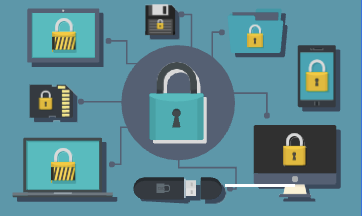 |
|
- APIs (Application Programming Interfaces): APIs facilitate communication and data exchange between different software systems. - Endpoints: Devices connected to a network, including desktops, laptops, mobile devices and Internet of Things (IoT) devices.
|
|
2.2 Physical Attack Surface
The physical attack surface includes the tangible assets and physical infrastructure of an organization. It encompasses the vulnerabilities and risks associated with physical access to facilities, devices and data centers. Some common components of the physical attack surface include:
|
 |
3. ASM: Attack Surface Management
3.1 What is ASM?
Attack Surface Management (ASM) is a comprehensive and proactive approach to cybersecurity that focuses on identifying, analyzing and managing an organization's attack surface. The attack surface represents the collective vulnerabilities and potential attack vectors that can be exploited by malicious actors to compromise an organization's systems, networks, and data. ASM aims to mitigate these vulnerabilities and minimize the risk of successful attacks by continuously monitoring, assessing, and remediating weaknesses in the attack surface.
3.2 ASM Process
The ASM process typically involves the following steps:
3.2.1 Asset DiscoveryThis step focuses on identifying all assets within the organization's attack surface. It includes conducting comprehensive asset inventories, utilizing network scanning tools, vulnerability assessments and active reconnaissance techniques. The goal is to create a detailed inventory of assets, including both internal and external resources, to ensure comprehensive visibility and coverage. 3.2.2 Vulnerability Assessment and PrioritizationIdentified assets undergo a thorough vulnerability assessment to identify potential weaknesses and security gaps. This assessment includes analyzing the severity, exploitability and potential impact of each vulnerability. Prioritization is then performed based on the criticality of assets and vulnerabilities, enabling organizations to focus on addressing the most significant risks first. |
 |
|
 |
3.2.3 Remediation and Risk MitigationVulnerabilities are remediated through appropriate measures, including applying patches, implementing security controls and updating configurations. Remediation efforts should align with the prioritized vulnerabilities identified in the previous step. By promptly remediating vulnerabilities, organizations can effectively reduce their attack surface and minimize the risk of successful exploitation. 3.2.4 Continuous Monitoring and Threat Intelligence IntegrationThe attack surface is continuously monitored using automated tools and technologies. This includes ongoing vulnerability scanning, threat intelligence integration, and monitoring for indicators of compromise. Continuous monitoring enables organizations to detect and respond to emerging threats, identify new vulnerabilities and ensure the attack surface remains secure over time. 3.2.5 Reporting and MetricsRegular reporting and metrics provide insights into the organization's security posture, progress in vulnerability remediation and overall risk reduction. These reports help stakeholders understand the effectiveness of ASM efforts, make informed decisions and allocate resources appropriately. Metrics can include vulnerability closure rates, time to remediation and overall risk reduction trends. |
|
4. EASM: External Attack Surface Management
4.1 What is EASM?
External Attack Surface Management (EASM) is a strategic approach that involves identifying, monitoring, and securing an organization's external attack surface. The external attack surface refers to all the potential entry points and vulnerabilities that can be targeted by threat actors from outside the organization.
EASM aims to gain a comprehensive understanding of the external attack surface by analyzing and mapping out the organization's digital footprint, including its online presence, public-facing systems, network infrastructure, and third-party relationships. It involves assessing the security posture of these external assets and implementing measures to mitigate risks and reduce the potential for exploitation.
By focusing on EASM, organizations can proactively identify and address vulnerabilities in their external attack surface, such as misconfigurations, weak points of entry, outdated software, or exposed sensitive information. This approach helps to enhance the overall security of the organization and reduce the likelihood of successful external attacks.
4.2 EASM Process
The EASM process typically consists of the following steps:
4.2.1 Asset Discovery
The initial component involves comprehensive asset discovery, which includes identifying all business and IT relationships within your organization, including acquired companies, joint ventures and cloud assets. This step focuses on discovering externally-exposed IT assets and uncovering connections between seemingly unrelated assets that could provide entry points for attackers.
4.2.2 Vulnerability Assessment and Analysis
Conducting thorough vulnerability assessments is crucial to identify potential weaknesses and exposures within your external attack surface. This component involves utilizing multiple security testing techniques to detect misconfigurations, network architecture flaws, data exposures, authentication and encryption weaknesses, and other vulnerabilities that can be exploited by malicious actors.
4.2.3 Risk Prioritization
Prioritizing risks within the external attack surface is essential to effectively allocate resources and prioritize remediation efforts. This component involves evaluating the severity, exploitability, potential impact of identified vulnerabilities and risks. By considering the business context and associated assets and sensitive data, you can focus on addressing the most critical risks first.
4.2.4 Remediation and Mitigation
The remediation component focuses on efficiently addressing identified vulnerabilities and risks. It involves operationalizing the remediation process by providing detailed and actionable guidance to IT operations teams for risk mitigation. Security teams should collaborate with operations teams to expedite the remediation workflow and ensure the vulnerabilities are adequately addressed.
4.2.5 Continuous Monitoring and Adaptation
Effective external attack surface management requires continuous monitoring and adaptation. This component involves implementing continuous monitoring processes to detect emerging threats, new vulnerabilities, and changes in the attack surface. By staying vigilant and adapting to the evolving threat landscape, you can proactively identify and respond to potential risks.
5. Differences Between EASM and ASM
EASM (External Attack Surface Management) and ASM (Attack Surface Management) have distinct focuses and approaches, each tailored to address specific aspects of an organization's security posture.
5.1 Scope Differences
ASM encompasses a comprehensive view of an organization's attack surface, including both internal and external components. It involves identifying and managing vulnerabilities across all aspects of the organization's digital and physical infrastructure. On the other hand, EASM specifically concentrates on the external attack surface, which refers to the digital assets and entry points accessible from outside the organization's network perimeter. Its focus is on managing and securing these external-facing assets.
5.2 Management and Process Differences
EASM involves continuously discovering, monitoring, evaluating, prioritizing, and remediating potential vulnerabilities within an organization's external infrastructure. It emphasizes real-time visibility into external-facing assets, such as cloud services, web applications, and third-party integrations. Automated scanning, vulnerability assessment and threat intelligence tools are typically utilized to monitor the organization's external assets and detect potential vulnerabilities or exposures.
ASM encompasses a broader range of activities. It involves identifying, classifying, and assessing vulnerabilities across the organization's entire attack surface, including both internal and external components. This comprehensive approach requires collaboration among various teams, such as IT, security, operations and business units. ASM may include periodic audits, penetration testing, vulnerability scanning and patch management processes to address vulnerabilities throughout the organization's infrastructure.
5.3 Efficiency and Effectiveness Comparison
EASM offers advantages over ASM in terms of efficiency and effectiveness due to its focused approach on the external attack surface.
EASM's targeted approach allows organizations to allocate resources efficiently by focusing on the most critical external-facing assets and entry points that are likely to be targeted by attackers. Continuous monitoring enables the detection and response to emerging threats and vulnerabilities, minimizing the window of opportunity for attackers. EASM supports proactive risk management, enabling organizations to prioritize and address vulnerabilities based on their potential impact on the external attack surface.
ASM's broader scope requires a more comprehensive and resource-intensive approach. Managing vulnerabilities across the entire attack surface, including internal and external components, involves coordination among multiple teams and extensive vulnerability assessments. While ASM provides a holistic view of an organization's overall security posture, it may require a higher level of complexity and investment of time and resources.
By understanding these differences, organizations can choose the most appropriate approach, whether EASM or ASM, to effectively manage their attack surface and strengthen their overall security defenses.
6. History of EASM
6.1 Development and Evolution of EASM
The concept of managing an organization's external attack surface has evolved over time in response to the changing threat landscape and the increasing complexity of digital infrastructures. The history of External Attack Surface Management (EASM) can be traced back to the early days of cybersecurity when organizations started to recognize the need to secure their external-facing assets.
In the early stages, organizations primarily focused on perimeter security measures such as firewalls, intrusion detection systems, and virtual private networks (VPNs) to protect their network boundaries. However, as attackers became more sophisticated and targeted, it became evident that a holistic approach to security was necessary, one that considered the entire attack surface.
With the advancement of technology and the increment of digital assets, the traditional approach of perimeter-based security proved to be inadequate. Attackers found new ways to exploit vulnerabilities, both externally and internally. This led to the emergence of Attack Surface Management (ASM), which aimed to provide a comprehensive view and management of an organization's attack surface, encompassing both external and internal components.
ASM evolved to incorporate a broader range of activities, including vulnerability assessments, penetration testing, threat intelligence, and patch management. The focus shifted from solely protecting the perimeter to identifying and addressing vulnerabilities across the entire attack surface, including internal networks, applications, devices, and personnel.
As organizations recognized the importance of specifically managing their external attack surface, External Attack Surface Management (EASM) emerged as a discipline within ASM. EASM evolved to address the unique challenges and risks associated with external-facing assets and entry points.
The evolution of EASM can be attributed to several factors:
 |
Digital Transformation and Cloud Adoption: The rapid digital transformation and the widespread adoption of cloud services led to an expansion of an organization's attack surface beyond traditional network boundaries. Organizations began to rely on various external-facing assets, such as cloud-based applications, third-party integrations, and internet-connected devices. Managing the security of these assets became crucial, leading to the development of EASM practices and tools. |
 |
Increased External Threats and Vulnerabilities: As the number of external threats increased, organizations realized the need for continuous monitoring and proactive management of their external attack surface. Vulnerabilities such as misconfigurations, unpatched software, exposed credentials, and mismanaged cloud services became common entry points for attackers. EASM evolved to address these specific vulnerabilities and provide organizations with real-time visibility into their external-facing assets. |
 |
Regulatory and Compliance Requirements: The introduction of stringent data protection regulations and industry compliance standards also contributed to the development of EASM. Organizations needed to demonstrate their ability to identify, manage, and protect their external attack surface to comply with regulatory requirements. EASM practices, such as vulnerability scanning, risk assessment, and incident response planning, became essential for maintaining compliance. |
 |
Advancements in Technology and Automation: Advancements in technology, such as machine learning, artificial intelligence, and automation, played a significant role in the evolution of EASM. These technologies enabled organizations to scale their security operations, enhance threat detection capabilities, and streamline vulnerability management processes. Automated scanning, continuous monitoring, and real-time threat intelligence became integral components of EASM solutions. |
The history of External Attack Surface Management (EASM) reflects the evolving nature of cybersecurity and the need for organizations to manage the vulnerabilities associated with their external-facing assets. From early perimeter-based security measures to comprehensive Attack Surface Management (ASM) and the subsequent focus on the external attack surface, EASM has emerged as a specialized discipline.
7. Future of EASM
7.1 Future Trends and Expectations of EASM
As the threat landscape continues to evolve, it is important to understand the future trends and expectations of EASM.
 |
Advanced Threat Detection and Response: In the future, EASM solutions are expected to incorporate more advanced threat detection and response capabilities. This includes leveraging artificial intelligence (AI) and machine learning (ML) algorithms to detect sophisticated attacks and respond in real-time. EASM tools will evolve to provide more intelligent and automated threat analysis, enabling security teams to proactively identify and mitigate potential risks. |
 |
Integration with Security Orchestration, Automation, and Response (SOAR): The integration of EASM with SOAR platforms is expected to increase in the future. This integration will enable organizations to automate incident response processes, streamline remediation actions, and orchestrate security workflows. By combining EASM and SOAR capabilities, organizations can achieve a more efficient and effective incident response, reducing the time to detect and mitigate threats. |
 |
Enhanced Cloud and IoT Security: As cloud computing and IoT (Internet of Things) adoption continue to grow, the future of EASM will focus on addressing the unique security challenges posed by these environments. EASM solutions will evolve to provide comprehensive visibility and control over the external attack surface of cloud infrastructure and connected IoT devices. This includes robust asset discovery, vulnerability management, and continuous monitoring to identify and remediate potential security gaps. |
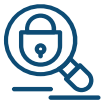 |
Contextualized Risk Prioritization: Future EASM solutions will incorporate more advanced risk prioritization techniques. These solutions will consider contextual factors such as asset criticality, business impact, and threat intelligence to prioritize vulnerabilities and exposures. This contextualized approach will enable organizations to allocate resources more effectively and focus on addressing the most critical risks first. |
 |
Regulatory Compliance and Privacy: With the increasing emphasis on data privacy and regulatory compliance, EASM will evolve to support organizations in meeting these requirements. Future EASM solutions will provide enhanced capabilities for monitoring and managing compliance with industry-specific regulations and data protection standards. This includes features such as data classification, privacy impact assessments, and compliance reporting. |
 |
Threat Intelligence Sharing and Collaboration: The future of EASM will involve increased collaboration and information sharing between organizations. EASM platforms will facilitate the exchange of threat intelligence, enabling organizations to stay updated on emerging threats and vulnerabilities. This collaborative approach will enhance the collective defense against cyber threats and enable faster response to new attack vectors. |
 |
Continuous Monitoring and Adaptive Defense: To address the dynamic nature of cyber threats, future EASM solutions will emphasize continuous monitoring and adaptive defense mechanisms. These solutions will employ real-time monitoring, anomaly detection, and behavior analysis to detect and respond to evolving threats. Adaptive defense capabilities, such as dynamic risk scoring and automated response actions, will enable organizations to adapt their security posture based on the changing threat landscape. |
8. Advantages and Disadvantages of EASM
External Attack Surface Management (EASM) is a critical practice for organizations to proactively manage and secure their digital assets. While EASM offers several advantages, it also has certain limitations and challenges.
8.1 Advantages of EASM
 |
Enhanced Visibility: EASM provides organizations with comprehensive visibility into their external attack surface. It enables the identification and discovery of assets, vulnerabilities, and potential entry points that may be exploited by threat actors. This heightened visibility allows organizations to proactively assess their security posture and take necessary actions to mitigate risks. |
 |
Proactive Risk Management: EASM enables organizations to take a proactive approach to risk management. By continuously monitoring the external attack surface, organizations can identify and prioritize vulnerabilities and exposures. This allows them to allocate resources effectively, prioritize remediation efforts, and reduce the likelihood of successful attacks. |
 |
Efficient Resource Allocation: With EASM, organizations can optimize their resource allocation by focusing on the most critical areas of their attack surface. By identifying high-risk assets and vulnerabilities, organizations can allocate resources, such as time, budget, and manpower, to address the areas that pose the greatest threat. This targeted approach maximizes the effectiveness of security measures and minimizes wasted resources. |
 |
Compliance and Regulatory Alignment: EASM helps organizations meet regulatory compliance requirements by providing visibility into potential security gaps. By identifying vulnerabilities and exposures, organizations can take necessary actions to align their security practices with industry-specific regulations and standards. This ensures compliance and reduces the risk of regulatory penalties or reputational damage. |
 |
Incident Response and Mitigation: EASM facilitates efficient incident response and mitigation. By continuously monitoring the attack surface, organizations can detect and respond to threats in real-time. EASM enables quick identification of vulnerabilities and exposures, allowing organizations to prioritize remediation efforts and minimize the impact of potential security incidents. |
8.2 Disadvantages of EASM
 |
Complexity and Implementation Challenges: Implementing an effective EASM program can be complex and challenging for organizations. It requires expertise, resources, and the integration of various tools and technologies. Organizations may face difficulties in setting up and maintaining EASM processes, including asset discovery, vulnerability scanning, and continuous monitoring. |
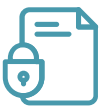 |
False Positives and Alert Fatigue: EASM systems can generate a high volume of alerts, including false positives, which can lead to alert fatigue for security teams. Sorting through numerous alerts and distinguishing between genuine threats and false alarms can be time-consuming and resource-intensive. Organizations need to carefully manage and tune their EASM systems to reduce false positives and ensure effective threat detection. |
 |
Limited Coverage and Blind Spots: EASM may have limitations in providing complete coverage of an organization's attack surface. It may not identify certain types of vulnerabilities or exposures, especially in complex and dynamic environments. Organizations need to ensure they employ a comprehensive EASM approach that includes coverage of diverse technologies, cloud environments, and IoT devices to minimize blind spots. |
 |
Continuous Maintenance and Updates: EASM requires continuous maintenance and updates to ensure its effectiveness. As new vulnerabilities and attack vectors emerge, EASM systems and processes need to be regularly updated and patched. Failure to keep pace with evolving threats may render EASM less effective over time. |
While EASM offers numerous advantages in terms of enhanced visibility, proactive risk management, efficient resource allocation, compliance alignment, and incident response, it also comes with certain challenges. Organizations must carefully consider the complexity of implementation, potential false positives, coverage limitations, and the need for continuous maintenance when adopting EASM. By addressing these challenges, organizations can leverage the benefits of EASM and strengthen their overall security posture.
9. EASM Tools
9.1 EASM Tools For Your Internet-Faced Assets
External Attack Surface Management (EASM) is a critical aspect of cybersecurity, and open-source tools play a significant role in helping organizations effectively manage and secure their attack surfaces.
 |
CrowdStrike Falcon Surface, formerly known as Reposify, is a comprehensive EASM solution provided by CrowdStrike, a renowned cybersecurity company. The tool enables organizations to gain complete visibility into their external attack surface and take proactive measures against potential threats. Key Features:
|
 |
Defectify is an advanced EASM solution that helps organizations identify and remediate security flaws within their external attack surface. The tool emphasizes continuous monitoring and vulnerability assessment to keep organizations ahead of emerging threats. Key Features:
|
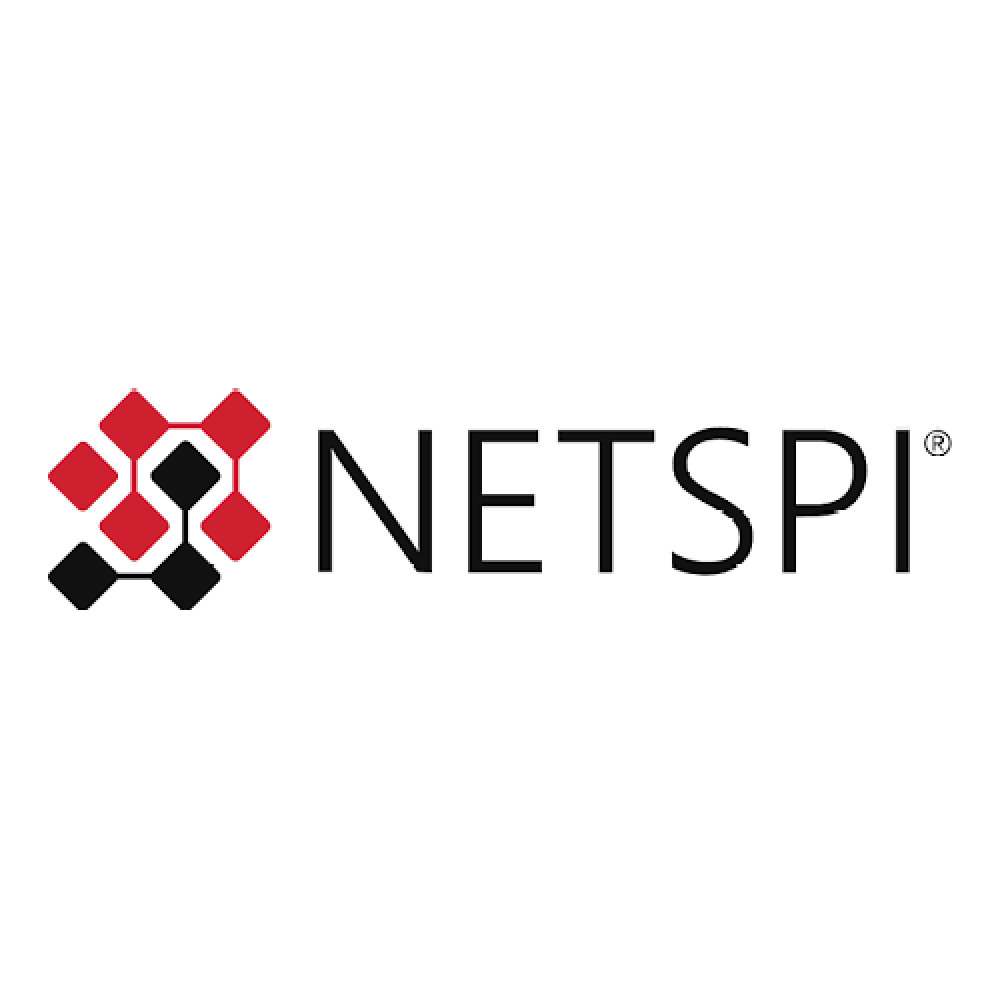 |
NetSPI specializes in EASM services, offering organizations continuous monitoring and assessment of their attack surface. The tool assists in identifying and mitigating security risks, providing a strategic advantage against potential threats. Key Features:
|
 |
The IntSights External Threat Protection (ETP) Suite is an enterprise-grade external threat intelligence solution, delivering contextualized, prioritized, and actionable intelligence within 24 hours. Key Features:
|
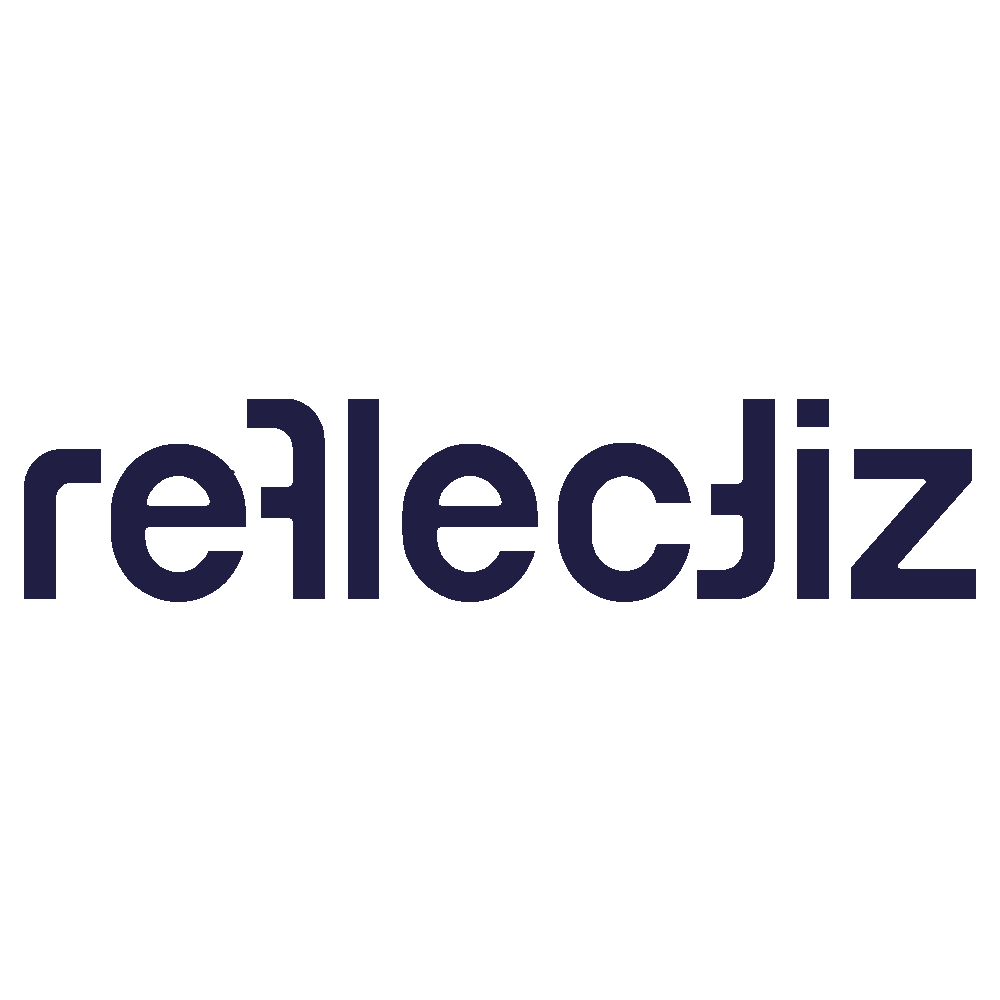 |
Reflectiz provides continuous web threat management by detecting and mitigating vulnerabilities in third-party and open-source applications. The tool offers a comprehensive view of an organization's threat surface. Key Features:
|
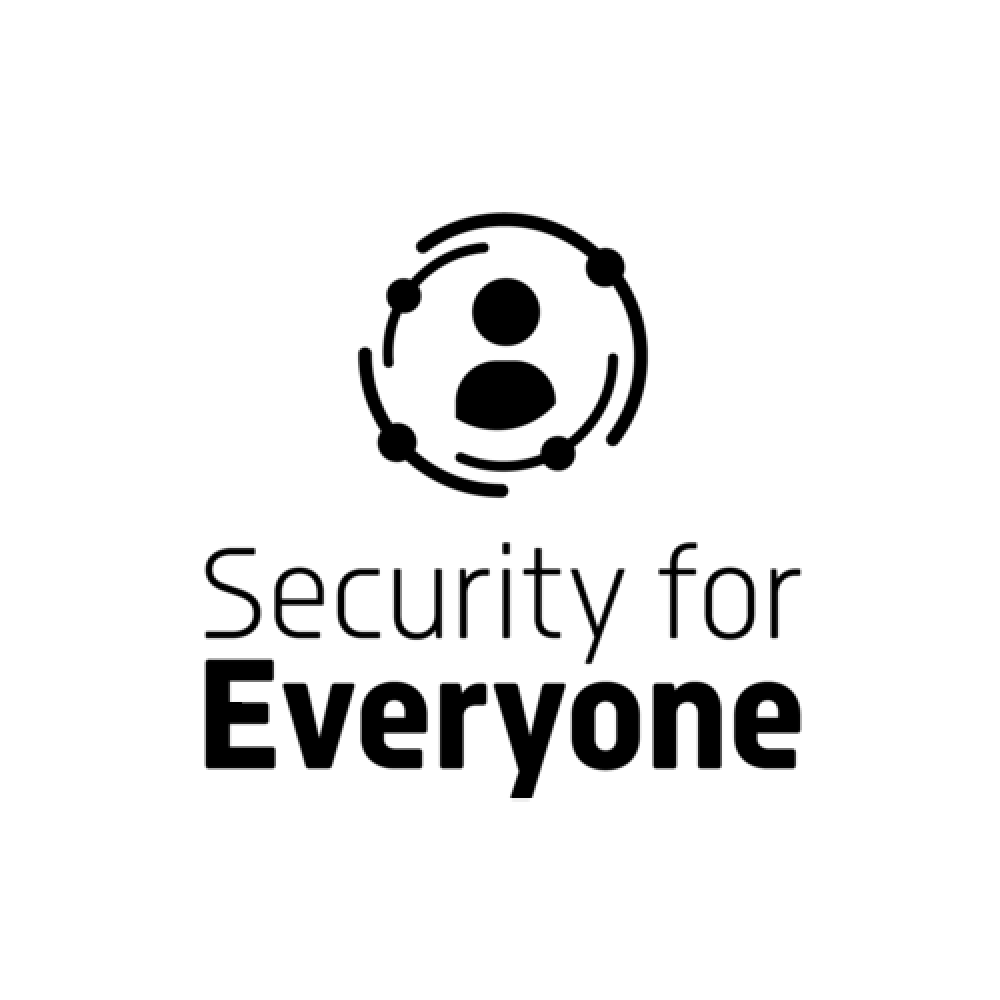 |
Security for Everyone is an EASM platform designed to cater to organizations of all sizes and industries. The tool's user-friendly interface and automation capabilities make it accessible to both cybersecurity professionals and non-experts. Key Features:
|
CrowdStrike Falcon Surface, Defectify, IntSights, NetSPI, Reflectiz, and Security for Everyone each offer unique features that contribute to enhanced threat intelligence and proactive risk management. By adopting these EASM tools, organizations can gain comprehensive visibility into their assets, prioritize vulnerabilities, and maintain a proactive approach to cybersecurity in a dynamic threat landscape.
10. Cost Analysis of EASM Implementation
The cost of implementing an EASM solution can vary depending on the size and complexity of the organization, as well as the specific features and capabilities of the solution. However, there are a number of common costs that organizations should consider when evaluating EASM solutions. These include:
- Initial investment: The initial investment for EASM implementation includes costs such as software licenses, hardware infrastructure (if applicable), and professional services.
- Subscription or maintenance fees: Many EASM solutions are offered on a subscription basis, requiring organizations to pay recurring fees. These fees typically cover software updates, technical support, and access to the latest threat intelligence.
- Training and personnel: Training and personnel costs should be taken into account as organizations need skilled professionals to effectively operate and manage the EASM solution. This may involve training existing staff or hiring specialized personnel with expertise in EASM technologies.
- Integration with existing systems: Integrating the EASM solution with existing systems, such as security information and event management (SIEM) or vulnerability management platforms, may incur additional costs. These costs can arise from customization, data migration, and integration efforts to ensure seamless data exchange and collaboration among different security tools.
- Operational costs: Operational costs include ongoing maintenance, monitoring, and administration of the EASM solution. This can involve expenses related to hardware upgrades, software patches, data storage, and backup solutions. Organizations should also consider the personnel required to manage and respond to alerts generated by the EASM solution.
- Scalability and growth: As organizations grow and expand their digital presence, the EASM solution should be scalable to accommodate increasing assets and complexities. It is essential to evaluate the scalability capabilities of the chosen solution and the associated costs for scaling up or adding new functionalities in the future.
- Return on investment (ROI): While EASM implementation involves costs, it is important to consider the potential ROI. By preventing security breaches and minimizing the impact of external threats, organizations can save significant costs associated with data breaches, incident response, reputational damage, and regulatory non-compliance. Calculating the ROI requires assessing the potential risk reduction and cost savings enabled by the EASM solution.
11. Conclusion
In summary, External Attack Surface Management (EASM) is a critical practice that organizations should embrace to effectively manage and protect their external attack surfaces. The adoption of EASM provides several significant benefits, including enhanced visibility, proactive risk management, efficient resource allocation, compliance alignment, and effective incident response.
EASM offers organizations comprehensive visibility into their external attack surfaces, enabling them to identify and understand potential vulnerabilities, entry points, and threats. This heightened visibility allows for a proactive assessment of the organization's security posture, helping to identify and address potential risks before they are exploited by threat actors. By continuously monitoring the attack surface, organizations can detect and respond to threats in real-time, minimizing the impact of potential security incidents.
|
One of the key advantages of EASM is proactive risk management. Instead of relying on reactive approaches, organizations can take a proactive stance by actively managing their attack surfaces. EASM enables the identification and prioritization of vulnerabilities, allowing organizations to allocate resources effectively and focus on addressing the most critical risks first. By addressing vulnerabilities and implementing robust security controls, organizations can significantly reduce the likelihood of successful attacks and minimize the potential impact on their operations. The increasing complexity of regulatory compliance requirements is another driving factor for EASM adoption. Organizations need to comply with various data protection and cybersecurity regulations, such as the General Data Protection Regulation (GDPR) and the California Consumer Privacy Act (CCPA). EASM helps organizations identify security gaps, align their practices with regulatory requirements, and demonstrate their commitment to data privacy and security. By implementing EASM, organizations can avoid regulatory penalties, legal repercussions, and reputational damage. The expanding digital footprint of organizations, driven by digital transformation initiatives, has resulted in a larger attack surface for threat actors to target. EASM provides organizations with the necessary visibility and control to effectively manage their expanding attack surfaces. By identifying and addressing vulnerabilities in web applications, cloud services, network infrastructure, and IoT devices, organizations can mitigate the risks associated with their digital expansion. Lastly, EASM plays a crucial role in incident response and business continuity. By continuously monitoring the attack surface, organizations can promptly identify and respond to security incidents, minimizing downtime, financial losses, and reputational damage. EASM enables organizations to establish incident response plans, identify critical assets, and implement appropriate safeguards to ensure business continuity and resilience. |
 |
In conclusion, the adoption of EASM is essential for organizations seeking to enhance their security posture, meet regulatory compliance requirements, mitigate risks, and ensure business continuity. By implementing effective EASM practices, organizations can effectively manage their external attack surfaces, protect their valuable digital assets, and stay ahead of the evolving threat landscape.

control security posture
